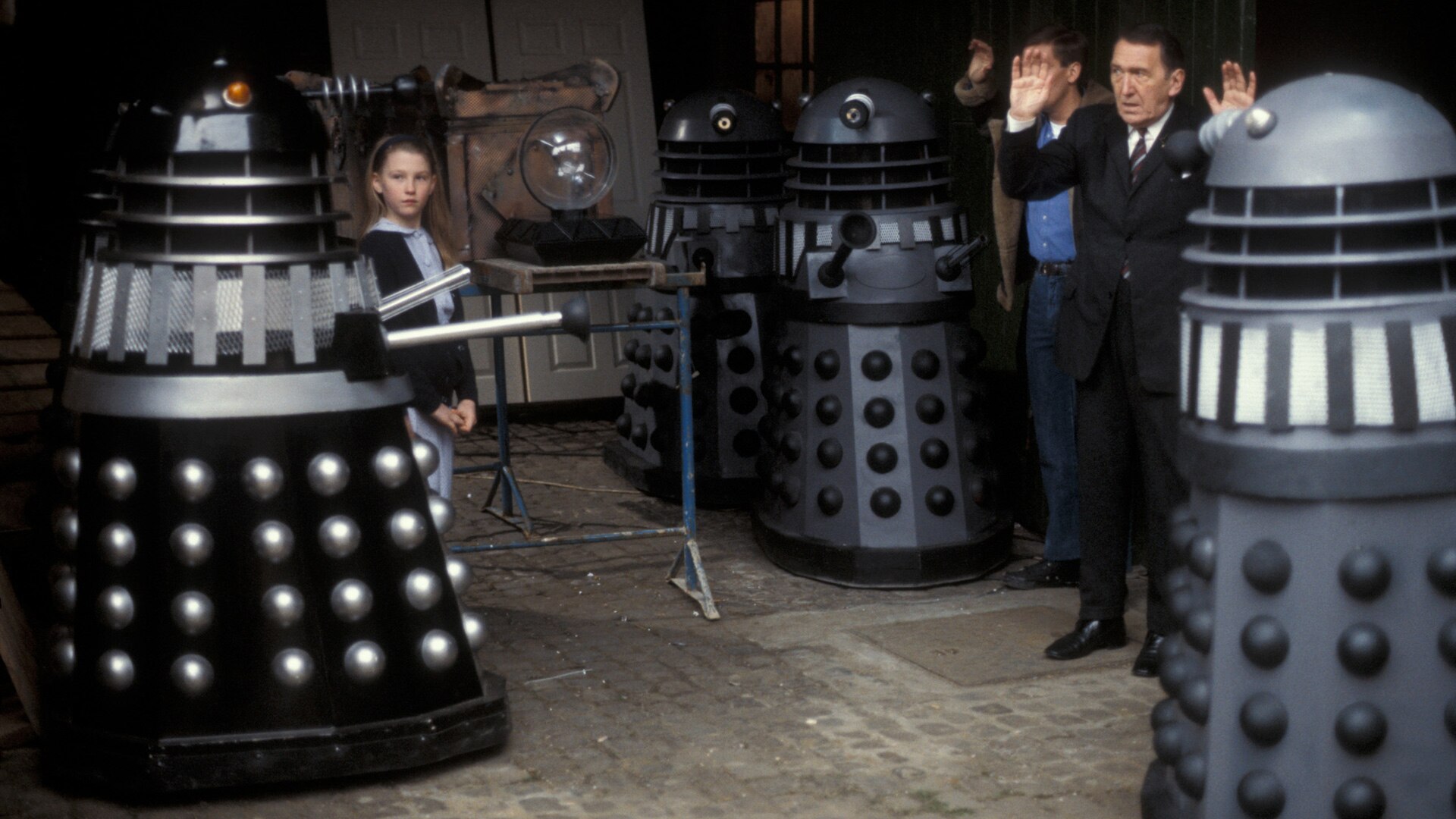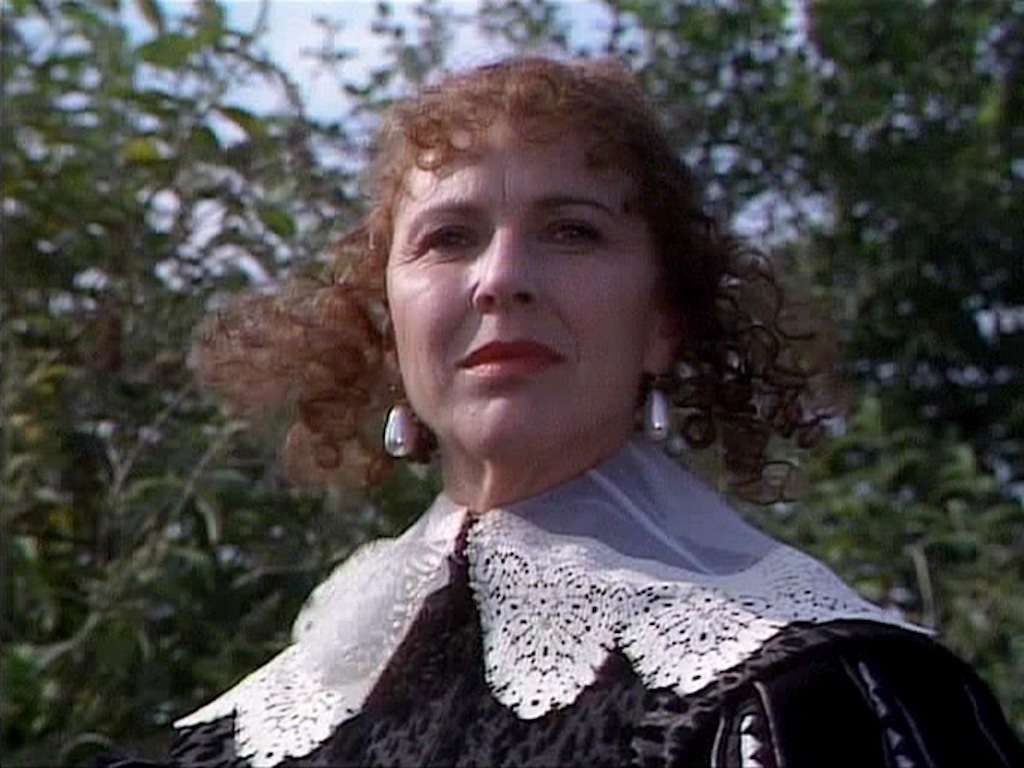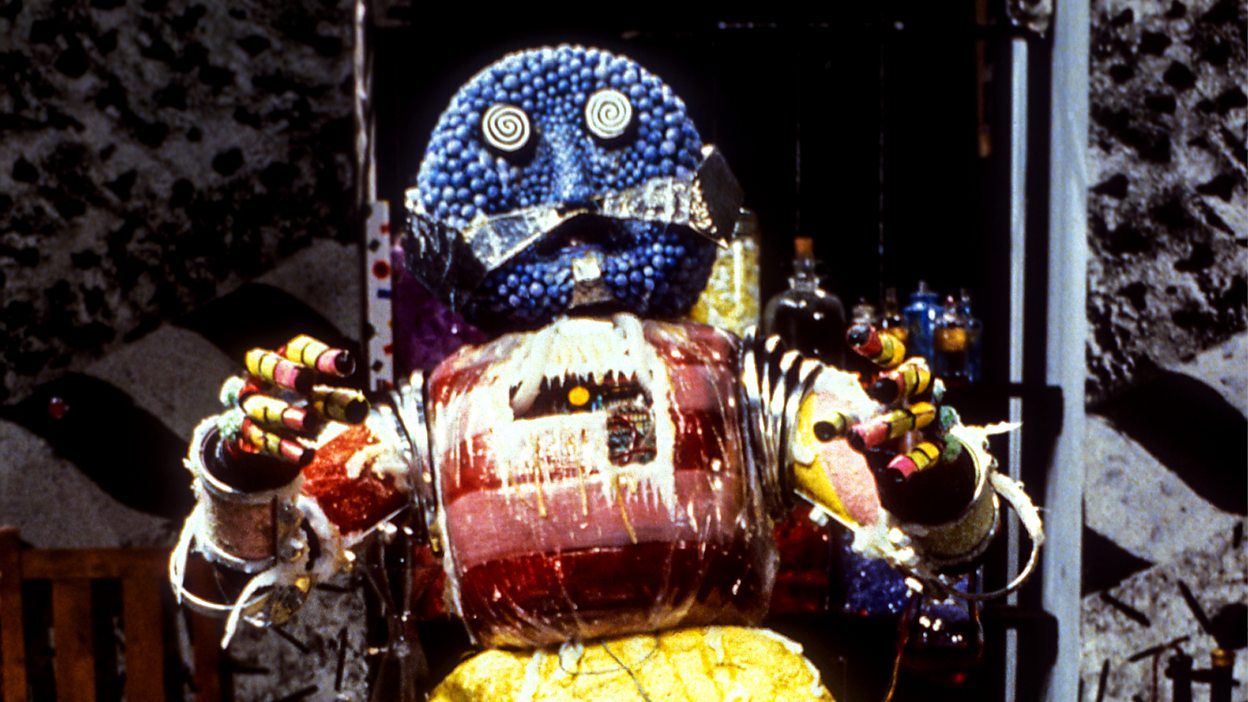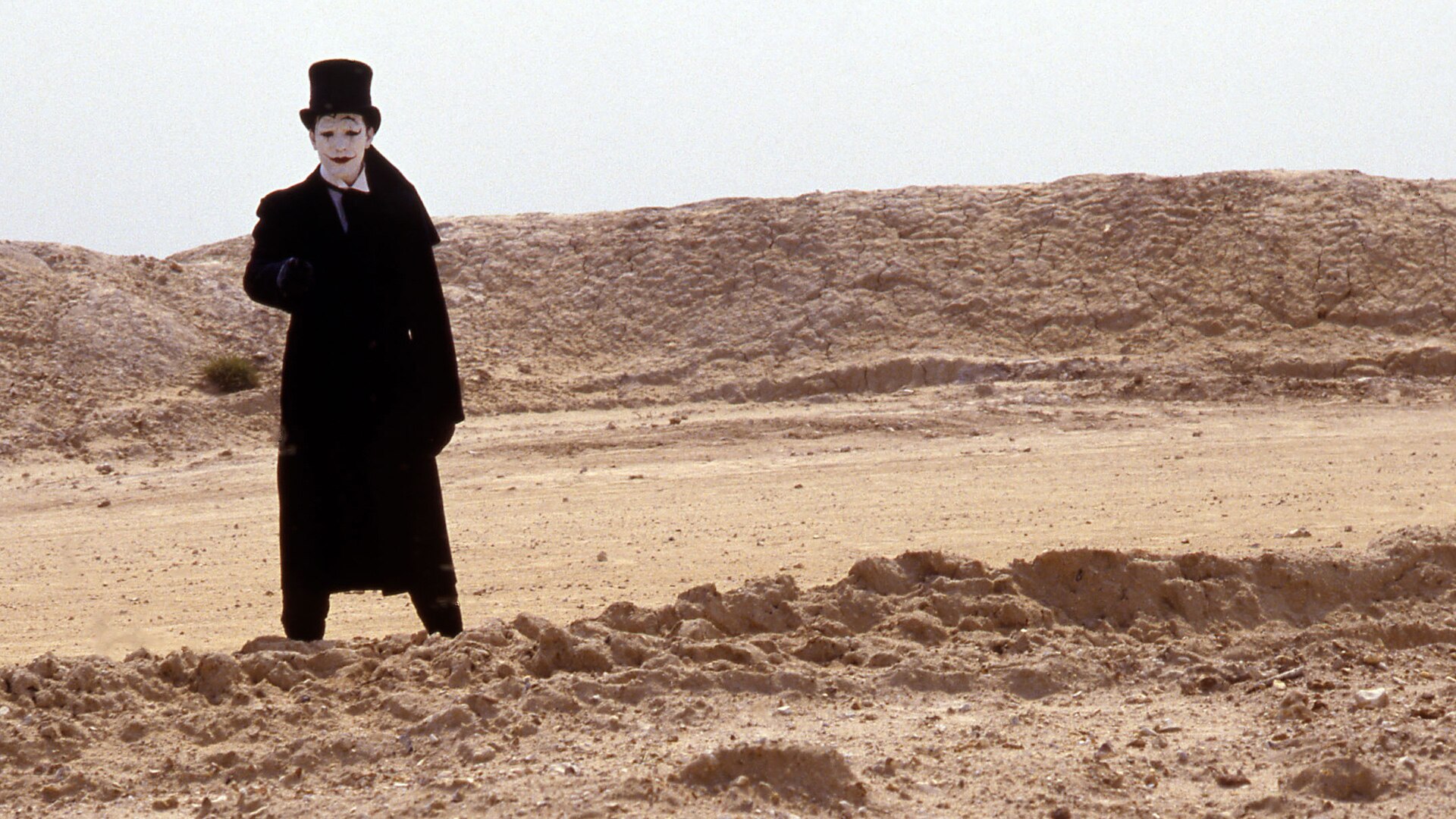Doctor Who Season 25 marked the series’ 25th anniversary, and came at a turbulent time for the programme. But why is this season so beloved by fans?
By the time Doctor Who Season 25 aired in 1988, the show was very much out-of-favour at the BBC. Having been unceremoniously axed in 1985, and then hastily reinstated, Doctor Who was fighting for its life.
At the same time, many positive things were happening, not least the show’s 25th anniversary. There wasn’t to be anything as grand as there had been for the 20th anniversary, but the production team was keen to mark the event in some way. Or, as it transpired, several ways.
First, there were the obvious nods to the past in Doctor Who Season 25. The opening story ‘Remembrance of the Daleks‘ must be the most notable example of a fan-pleasing nostalgia fest – which is not a bad thing. Written by Ben Aaronovitch, the serial saw the return of the Time Lord’s oldest enemy the Daleks, but it was also set in the same location as the very first Doctor Who adventure ‘An Unearthly Child.’ The Doctor returned to Coal Hill School and Totter’s Lane junkyard in 1963, not long after his first incarnation departed. Indeed, his granddaughter‘s book on the French Revolution is still sitting in one of the chemistry labs.

The references were many, but it wasn’t necessary for viewers to understand them in order to enjoy Doctor Who Season 25. Rather, these were nice little nods for the hardcore fans – nods which celebrated the show’s history and affirmed its continuity. Even after 25 years, the Time Lord was still the same man.
Then, of course, there were the Cybermen in ‘Silver Nemesis,’ returning to the programme after a three year absence. And, as is often the case with the Cybermen, they had been given something of a makeover, their metal skins now shining like silver – a subtle nod (possibly) to Doctor Who‘s 25th birthday.
But broadly speaking, the one thing that the script editor Andrew Cartmel was most keen to achieve with Doctor Who Season 25 was a re-establishment of the Time Lord’s mystery. He wanted to remind viewers of the programme’s title, and the fact that its main character was a complex, alien character with a mysterious past whose identity no one knew. Cartmel wanted to bring back the enigma that had existed in the programme from the very beginning.

As such, there are questions about the Time Lord’s personal history and identity scattered throughout Doctor Who Season 25. A key moment is in ‘Silver Nemesis’ when the Time Lord meets a character called Lady Peinforte who seems to know all of his secrets. She tells his companion Ace that she has learnt the Doctor’s real name, and she threatens to reveal all that she knows. “I shall tell them of Gallifrey,” she warns. “Tell them of the old time, the time of chaos…”
It’s the smallest of glimpses, just enough to tease and intrigue. This scene with Lady Peinforte follows on from an earlier moment in ‘Remembrance of the Daleks‘ when the Doctor suggests to Ace that he and other high-ranking Time Lords were involved in the formation of Gallifreyan society, and the discovery of time travel. But it is only a suggestion; Cartmel wasn’t looking to answer any questions in Doctor Who Season 25. Quite the opposite. He wanted to raise questions, to pique viewers’ interests.
At the same time, Cartmel’s quest for enigma didn’t keep him from telling good stories, and there are plenty of them in Doctor Who Season 25. ‘The Happiness Patrol,’ love it or hate it, must surely be one of the most inventive adventures of the series, being set on a planet where it’s a crime to be unhappy. Miserable citizens find themselves at the hands of the firing squad, or invited to the mysterious Candy Kitchen where they are forced to eat sweets that are so tasty they kill people. All of this is overseen by the deranged Helen A played by Sheila Hancock, and a sugar-coated monster known as the Kandyman.
It may sound ridiculous, but ‘The Happiness Patrol’ is a great example of Doctor Who Season 25 doing what the series does best: pushing boundaries and experimenting. Granted, it did land the BBC in trouble with the creators of Liquorice All Sorts, but that’s a law suit for another day. In short, ‘The Happiness Patrol’ is nothing if not original.

And speaking of originality, for the closing adventure Andrew Cartmel decided to explore an area which, oddly, had never really been covered in the series before: the fear of clowns. In fact, Doctor Who Season 25 marked the first time since 1966 that the series had gone anywhere near the subject, save for a brief moment in ‘The Deadly Assassin’ and (arguably) some of the Autons in ‘Terror of the Autons.’
And in this particular adventure, ‘The Greatest Show in the Galaxy,’ the clowns in question are at their creepy best, participants in an exotic circus show which the Doctor takes Ace to visit. Again, this is a very inventive story, with the Chief Clown patrolling the desert planet of Segonax in a hearse, and grinning psychotically as he sends people to their grisly fates. ‘The Greatest Show in the Galaxy’ is a dark and unnerving adventure, and one that is fondly remembered by fans, even going so far as to be referenced in 2022’s ‘The Giggle.’

Overall, Doctor Who Season 25 strikes a perfect balance between the past and the present. It honours Doctor Who‘s history and includes a plethora of great moments for fans, whilst also ‘pushing the envelope’ and nudging the series in creative new directions. It’s not perfect, and some viewers have their criticisms, but generally the season is fondly remembered and is frequently held up as a classic example of the Seventh Doctor at his enigmatic best.
It was also the first series to show the Daleks climbing up a flight of stairs, and don’t let anyone tell you otherwise!
But do tell us: what do you love most about Doctor Who Season 25? And which is your favourite story? Let us know in the comments below.










Leave a Reply